How to Grow Organic Vegetables In Containers
Growing Vegetables In Containers For Beginners
If you have a small garden or no garden at all then you can grow your own vegetables in containers. This is a great, low maintenance way for you to grow your own food at home without the expense and trouble of maintaining a full-sized garden. For anyone who is pushed for space or who lives in a city, container gardens are absolutely ideal. The same if you rent or move a lot, containers can come with you wherever you go.
Growing your own food at home is a great way to get your own fresh produce that is very tasty and good for you. Homegrown produce does not have any of the chemicals in that produce from the supermarket has. It is grown and ripened naturally (unlike store-bought vegetables) which means your own homegrown produce is packed full of nutrients and flavor.
You will find that many children who refuse to eat their vegetables will happily eat those you grow at home because they taste so much better. Plus if you have children then a container garden is great for them because it is easy to maintain and fun to look after.
What Can I Grow In A Container Garden?
You can grow pretty much any vegetable you want in a container garden, depending on the size container that you use. For larger plants such as potatoes that have deep roots then you need deeper containers. Most people who grow potatoes at home do not use containers but instead, use large plastic bags full of compost or specialist potato planters.
Many of the plants you will grow at home are relatively shallow-rooted such as lettuce, radish, spring onions, tomatoes, and strawberries. You can grow them in almost any container that you want, even making your own from recycled materials including old drainpipes (great for strawberries and radishes) and more.
Tomatoes do extremely well in hanging baskets if you grow the tumbling varieties. These are ideal for people who are very low on space, and they make a beautiful display. Tumbling tomatoes do come in a variety of different colors that have a wonderful taste and can really enhance the visual beauty.
Normal tomatoes will grow well in containers but will need support. Other larger vegetables like squashes and pumpkins can be grown in containers but you need to be aware that they are going to grow very larger and trail everywhere. In these cases, you are going to want to grow them vertically which means good supports need to be in place. Most people will grow these larger vegetables vertically up a trellis fixed to the wall.
For the larger fruits, you may need to provide hammocks to support them if you are growing vertically. Larger squashes and pumpkins can become very heavy which could end up breaking the vine of your plant and killing it. Hammocks can support these vegetables though most people will grow smaller varieties that do not need this extra support in their containers.
Cucumbers do very well in containers if they are grown vertically. Give them good support and they will happily climb upwards, though you may need to occasionally give them a helping hand so they grow where you want them to. The big advantage of this type of growing is that the cucumbers tend to be straighter and have thinner skins, making them easier to eat.
Pretty much anything you want can be grown in containers; it is entirely up to you what you want to grow. All you need to do is ensure that you have a container that is big enough to support its growth! Don’t feel that because you are growing vegetables in containers you cannot enjoy a wide variety of different, delicious fresh produce.
What Soil Mix Should I Use For Containers?
The soil mix to be used on containers is a subject of hot debate with most container gardening experts having their secret favorite soil mix. To be honest it really does depend on the time you have to make a soil mix, your budget, and what you are growing.
Different plants have different requirements and some require free draining soil whereas others prefer damper conditions. You need to ensure you understand the needs of your plants so that you can put plants that need the same conditions in the same containers. If you put a dry soil loving plant in with one that loves moist soil then one is going to die.
You can use store-bought soil mixes and they will do the job and your plants are going to grow well in them with regular feeding.
For people who really want to maximize the productivity of their containers and grow a large number of vegetables in containers, you need a very special soil mix that is free draining but retains water and is highly nutritious. This soil mix consists of a third each of:
Ideally, you want the compost to come from five different sources, i.e. five different brands of compost. The reason being that this ensures the soil is highly nutritious and contains all the micro-nutrients your plants need to thrive.
This mixture does not need to be compacted hard in your pots. Just pushing down firmly but not hard will be enough and will make it much easier for you to plant your containers.
With this particular soil mix you can plant more densely than you would in other soil mixes, meaning more vegetables for you! Unless you are growing particularly greedy plants like pumpkins you will not need to feed your plants during the growing season because the soil is so nutritious.
As you have planted your containers more densely than usual you will find that weeds struggle to take hold in your containers because there is simply no room for them to grow!
Choosing the right soil mix is very important if you want your plants to thrive, be healthy and produce a good crop of delicious vegetables for you to enjoy.
What Containers Can I Use?
You can use virtually any type of container you want and it is an opportunity for you to be inventive and reuse materials that would otherwise be discarded.
Your local garden store will sell a huge variety of containers of all different shapes, sizes, and materials and you can certainly use these if you want to, though be prepared to pay for the more ornate and beautiful pots; they do not come cheap.
Be aware that with a container garden drainage is absolutely vital and that you need to ensure that any containers you purchase have suitable drainage otherwise your plants could end up suffering. If necessary you can drill more drainage holes in the containers, though this does depend upon the material the container is made from.
Clay and containers made from similar porous materials will dry out much quicker than metal or plastic containers, so consider that when choosing a container. Clay containers will also start to break after a few years as moisture gets into the pores and then freezes. Wooden containers will have a finite lifetime depending on the type of wood used.
You can make your own containers out of wood or you can reuse materials that would otherwise be thrown away. This latter method is by far the cheapest way for you to get a container garden up and running. You can very easily find suitable containers that people will give you for free!
Old tires can be painted vivid colors and arranged into gorgeous planters; old guttering can be fixed to a wall and used to grow shallow-rooted plants; catering sized tin cans make for excellent wall mounted planters and even plastic milk bottles can be cut in half and mounted on a fence to grow vegetables in.
You are really limited here only by your imagination. There is so much you can do to make an interesting container garden using the space that is available to you. Remember if you are mounting containers on walls or fences that the wall or fence is strong enough to support it and that the containers are strong enough to hold the soil mix.
How Do I Water A Container Garden?
Watering a container garden is vital if you want your plants to survive, so it is important that you think about access to your containers and how far they are from your water source. If they are too far then carrying the water becomes a burden and you may end up finding excuses not to water your plants.
Your plants will need watering whenever they become dry and you can check this by pushing your finger into the soil up to the second knuckle. If it feels dry at your fingertip then it needs watering. If it feels wet then do not water it.
Do not think that just because it rains your containers do not need watering. Because there is a limited soil area in a container and much of this is covered by plants you will be surprised how little rain actually gets into a container! This means that even in the rain you will need to go out and water your containers.
Plants prefer watering in the morning which is when they are sucking up water to prepare for their growth during the day. However, if this is not possible then feel free to water them in the evening as they will not complain too much.
Just be very careful that you water at the roots of the plant, directly on to the soil rather than on the leaves. This prevents the water from running off the plants and completely missing the roots of your plants. It will also prevent many of the diseases and problems that plants have.
If you water the leaves in the morning then the water droplets on the leaves can act like magnifying glasses and magnify the rays of the sun so that the leaves get burnt and damaged. If you water them in the evening then you risk introducing mildew or other fungal diseases because the leaves do not get a chance to dry out well enough.
You will want to water your plants daily during the growing season if they need it and whilst you do, check the plants for any pests or diseases too.
What About Fertilizing My Containers?
If you have used the soil mix that was mentioned earlier in this report then you will not need to fertilize your containers at all in the first year. If you have not then you are likely to have to start fertilizing them when the fruit appears.
A liquid feed is best as it easy to apply and goes straight to the roots where it is needed. You can get specific feeds for specific plants, i.e. a tomato food. It is best to use this where you can as it gives the plants the exact balance of nutrients that they need to promote healthy growth. If you use a fertilizer high in nitrogen with tomato plants then they will concentrate on producing leaves and not fruit. Therefore you need to use the right type of food for your plants.
Follow the directions on the fertilizer for how to best use it with your vegetable plants. You will want to feed them once every week or two, depending on how greedy the plants are. A pumpkin will need a lot more food than something like a radish or beet.
How Can I Minimize The Risk Of Pests?
Pests are a big problem for any gardener and hopefully, you will avoid many of the problems that come from growing directly in the soil. When you water your plants, give them a quick visual inspection and check for pests and other problems.
You may encounter aphids, which gather on the tender tips of your plants and the new growth. If you catch these early enough then you can pick them off by hand and crush them between your fingers. If they have taken hold then you are probably going to have to use a spray to get rid of them. Use organic, as this is going to be much better for the environment and for you. Always check the label though and make sure that the spray is suitable for edible crops. If it does not explicitly state this then avoid the spray as it could introduce potential toxins into your vegetables and so into your body.
Slugs and snails are other problematical pests that you are likely to encounter and these can be tricky to get rid of. There are lots of gimmicks that supposedly deter them but sadly none of them are particularly effective. Your best bet is to go out at dusk and pick them off your plants by hand and destroy them. Do not think that throwing them over the wall will deter them; they will be back! Therefore you have to destroy them to stop them from destroying your crop. During the day time, check around your pots for their slimy trails; you may find them hiding underneath or behind your pots during the day!
There are other pests that can affect particular plants though just look out for any problems, holes, discoloration, and the like on your vegetables. If you do spot anything then look into it carefully and see what is causing it. It is better to take action sooner rather than later as you are more likely to be able to save your crop.
On the website of treehugger you can find 8 natural & homemade insecticides.
What About Diseases In Container Gardens?
Diseases tend to be less of a problem in containers because you are using clean soil. Many of the common plant diseases are found in the soil and by not growing in the ground you can avoid these problems.
Some diseases are air born and you can find diseases such as potato or tomato blight affecting your plants where it has blown in. This can be noticed by the leaves and stems start to turn brown and curl up. If you notice the blight then you need to treat it immediately in order to prevent it from taking hold and killing your plants. If it is late enough in the season then you can cut the foliage off potatoes and the potatoes themselves will be okay under the ground. You can remove the fruit from tomato plants and ripen it on a windowsill though the fruit can still be affected.
Fungal diseases can be introduced if there is not sufficient air circulation around your plants and you water the leaves of the plant. These problems can be mostly avoided by ensuring that air can circulate around your plants and prevent moisture gathering.
Mostly you are not going to have problems with diseases but if you check your plants regularly and then look more closely at any possible issues you are going to prevent any diseases from taking hold and damaging your plants.
Endnote
Container gardening is a great way to start growing your own vegetables at home. It does not require a lot of time or space and avoids many of the problems (and much of the hard work) involved with growing directly in the ground.
For anyone who has limited space or just wants to try growing a few herbs, fruits, or vegetables at home this is an ideal way to get started. Even for someone with limited mobility, the containers are ideal because they do not involve heavy digging.
Container gardening is a great way to grow your own vegetables at home and even if you have just a small space, you can still grow an abundant crop of delicious fresh produce
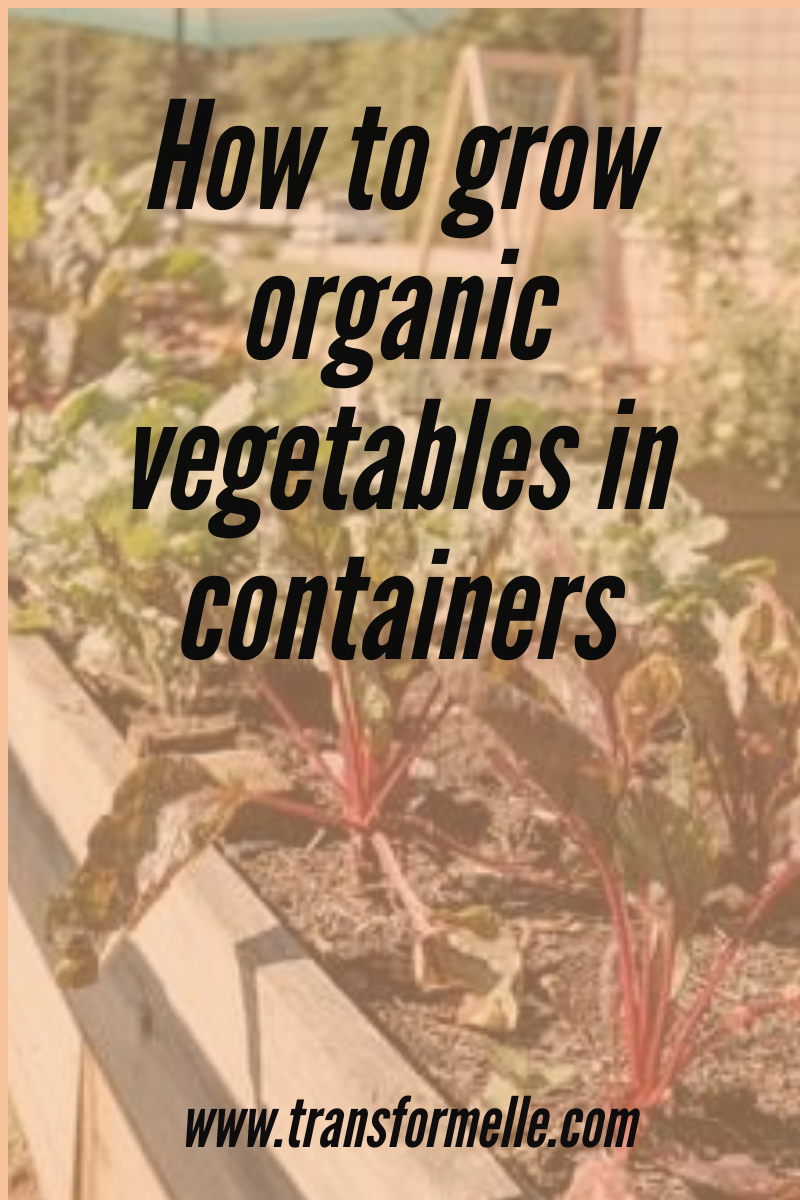
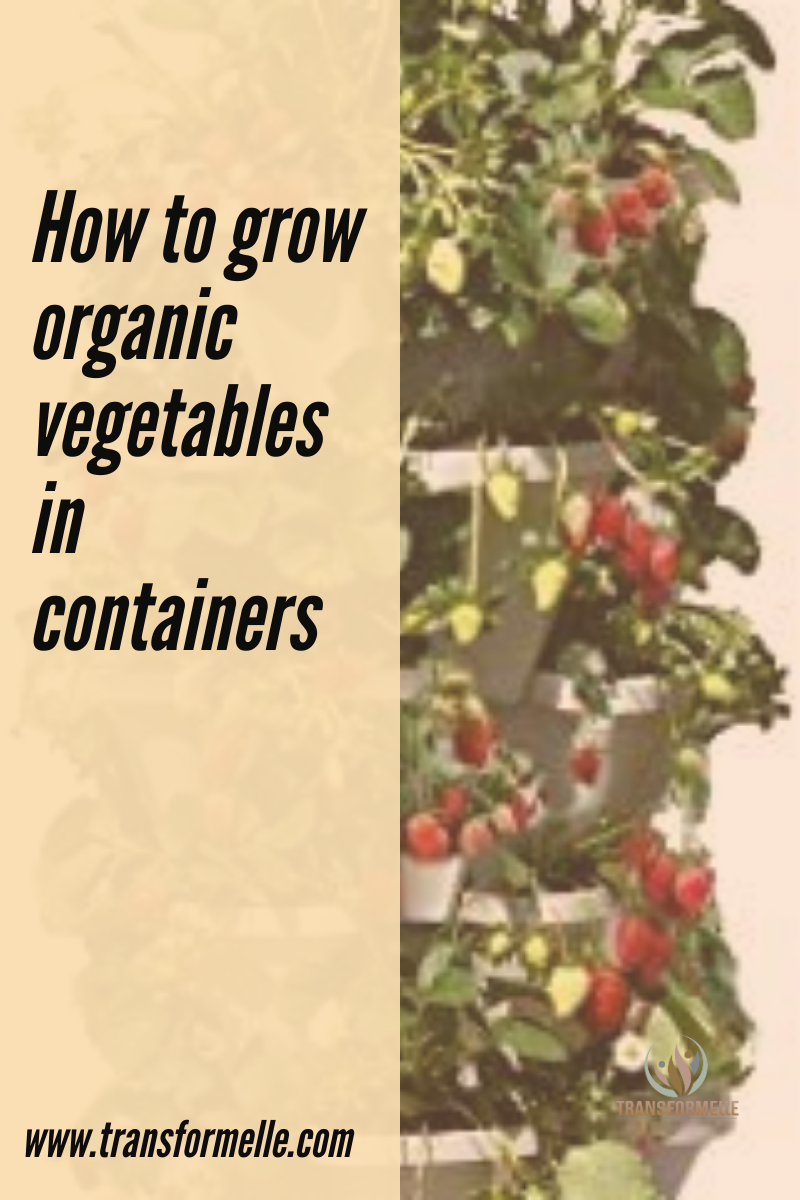
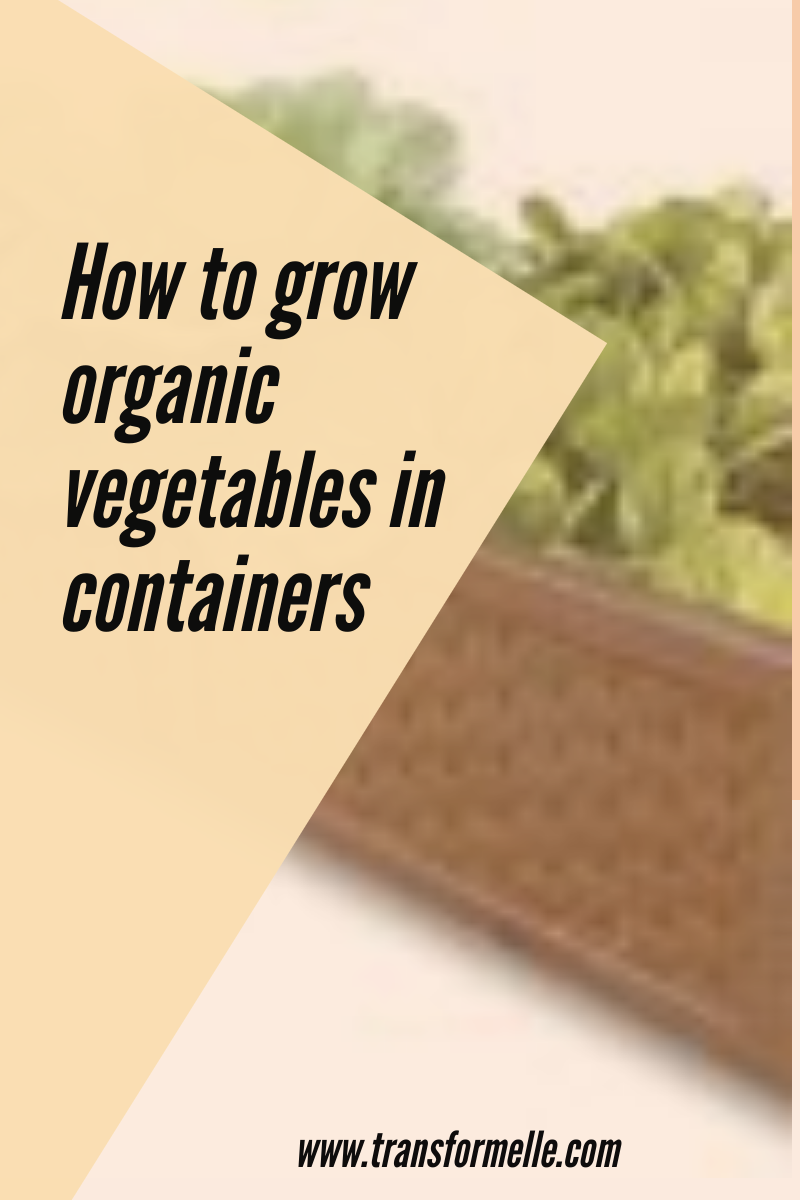
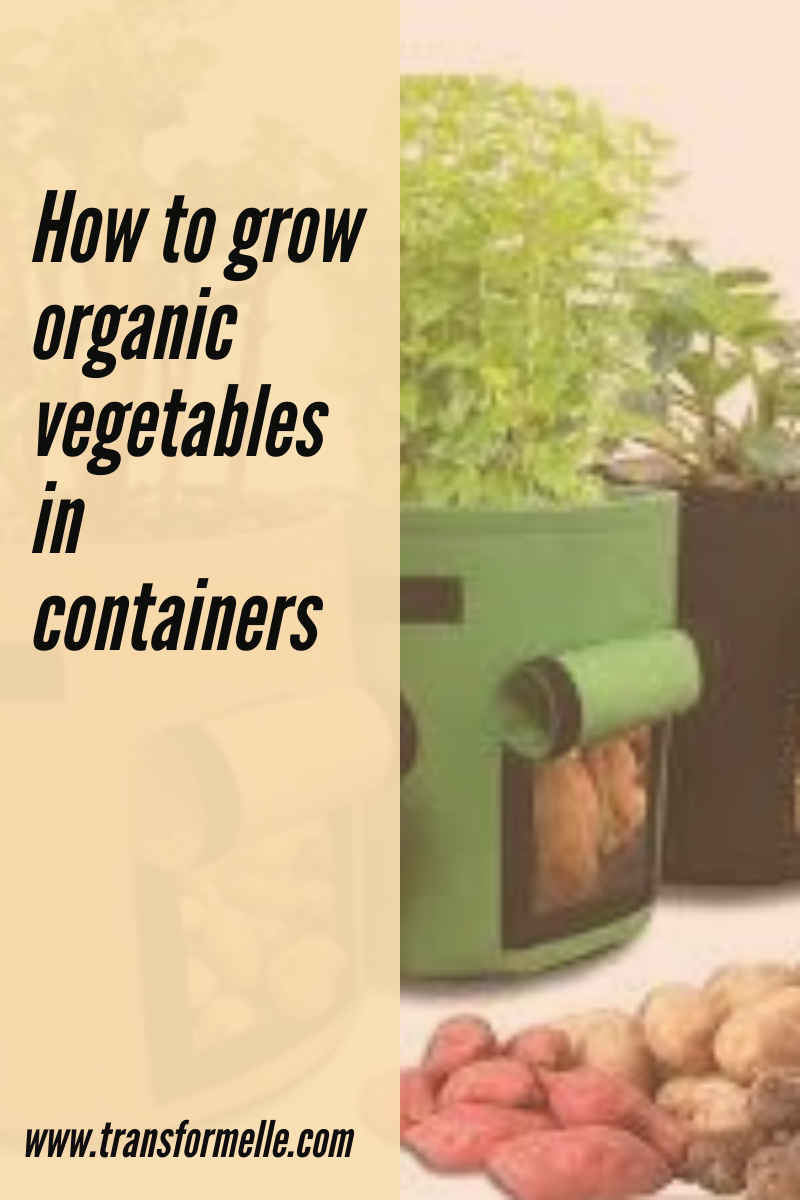
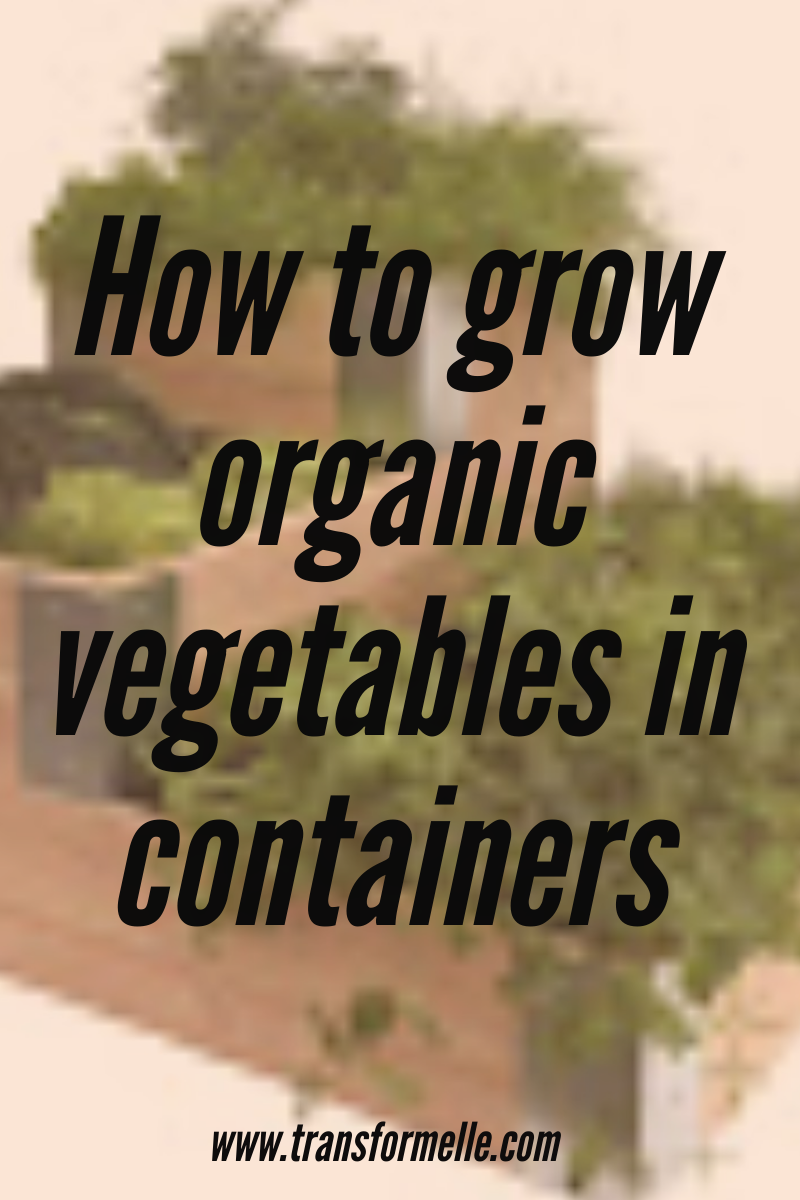
Did you find this post useful, inspiring? Save one of these pins above to your healthy lifestyle board on Pinterest.

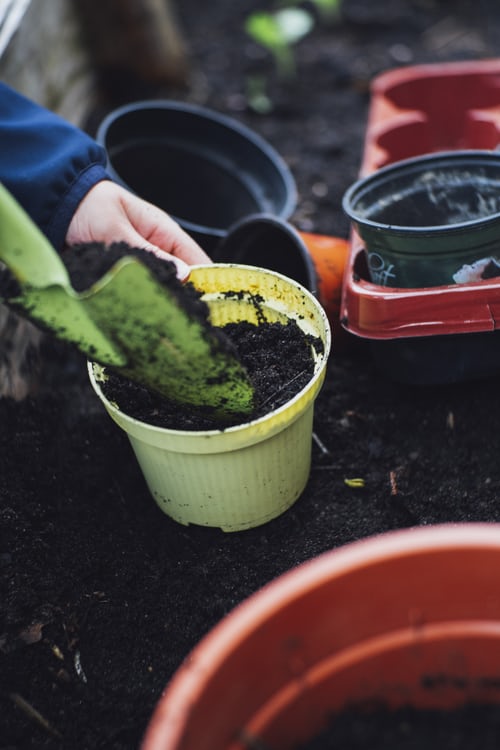
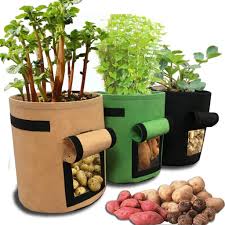
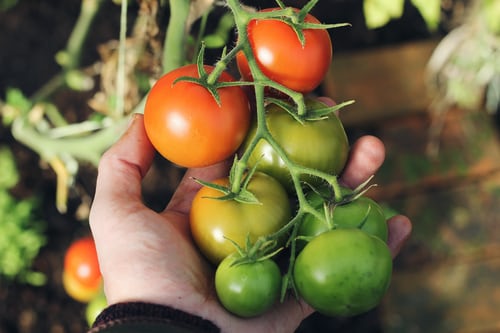
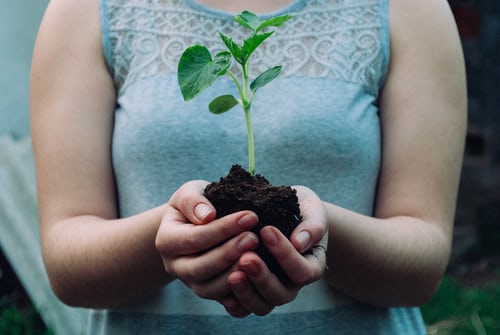
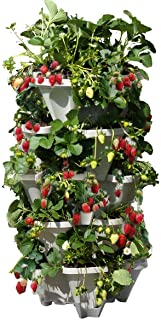
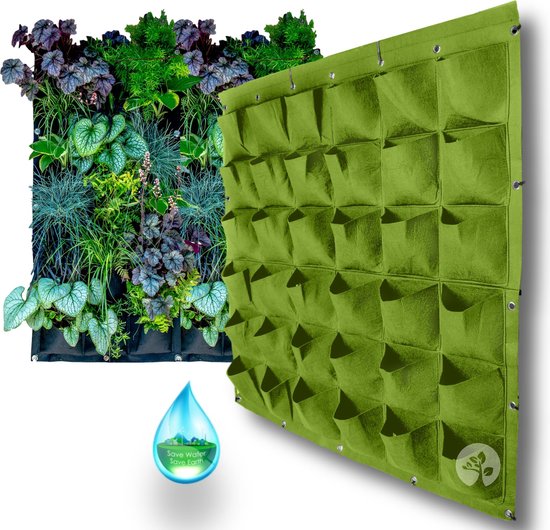
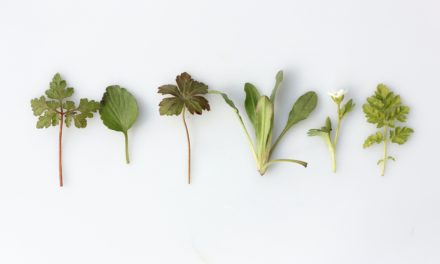
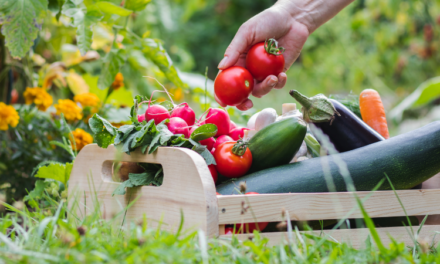
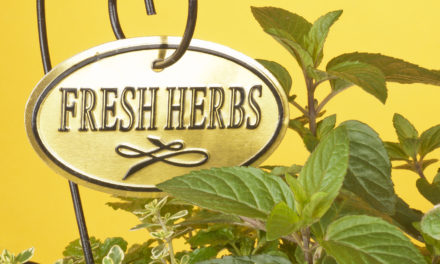
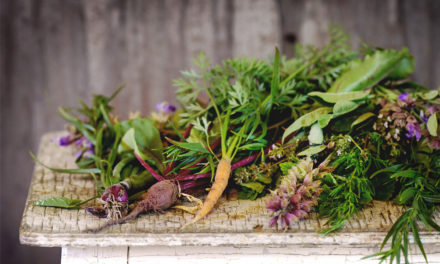
0 Comments
Trackbacks/Pingbacks